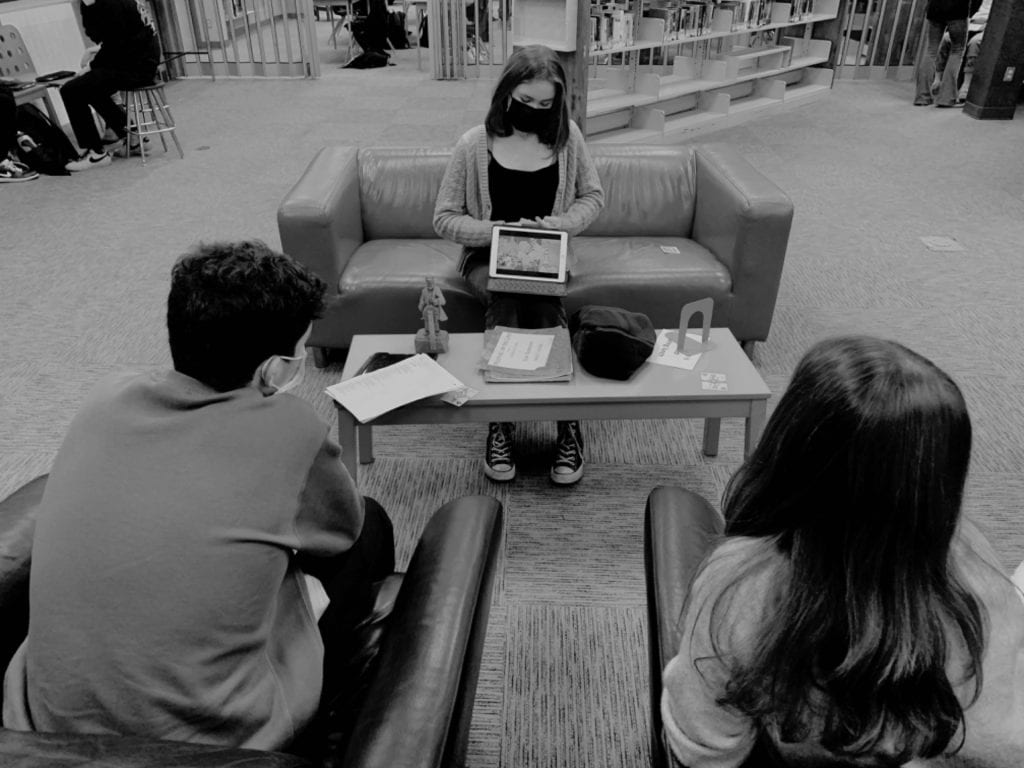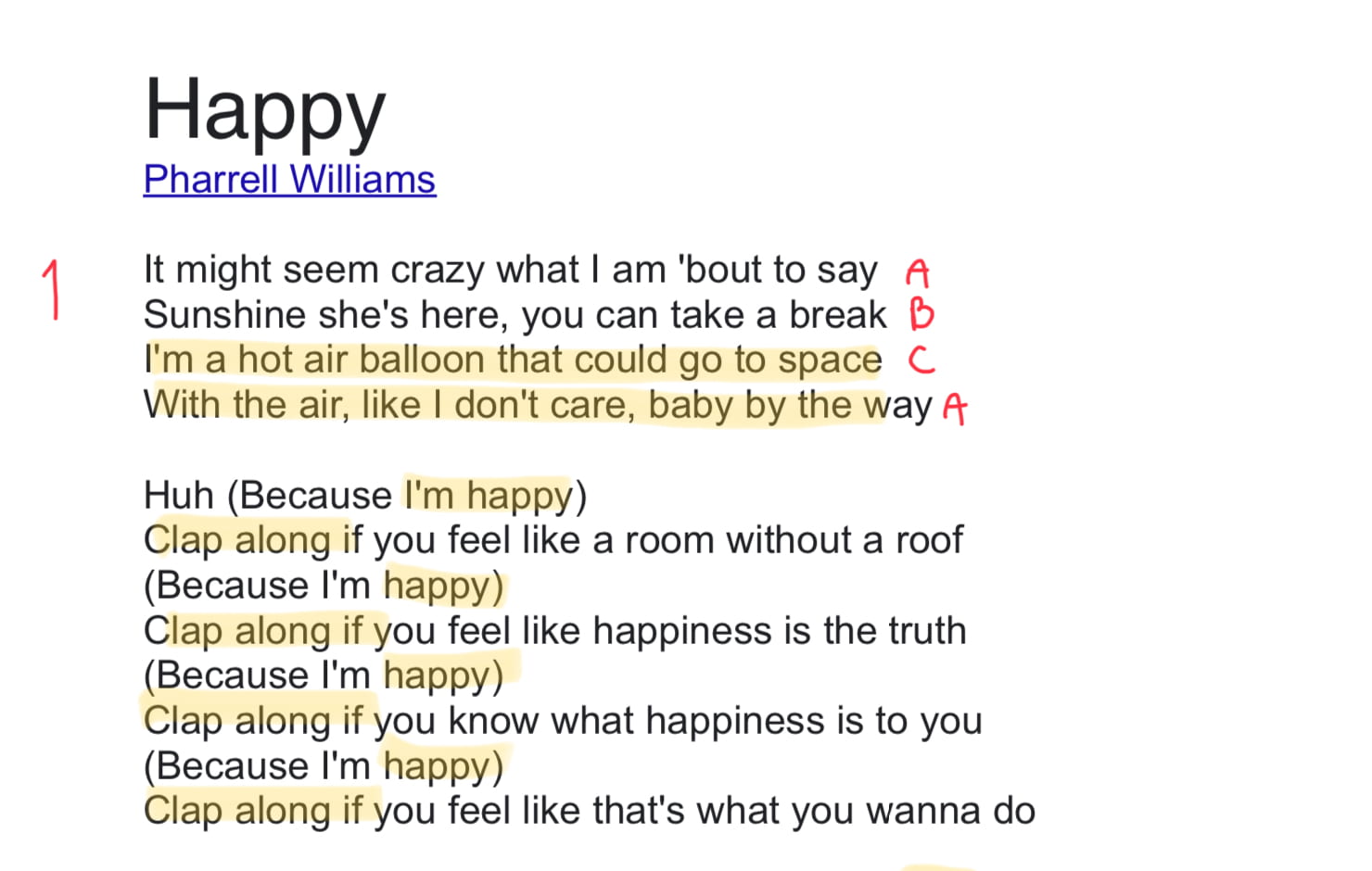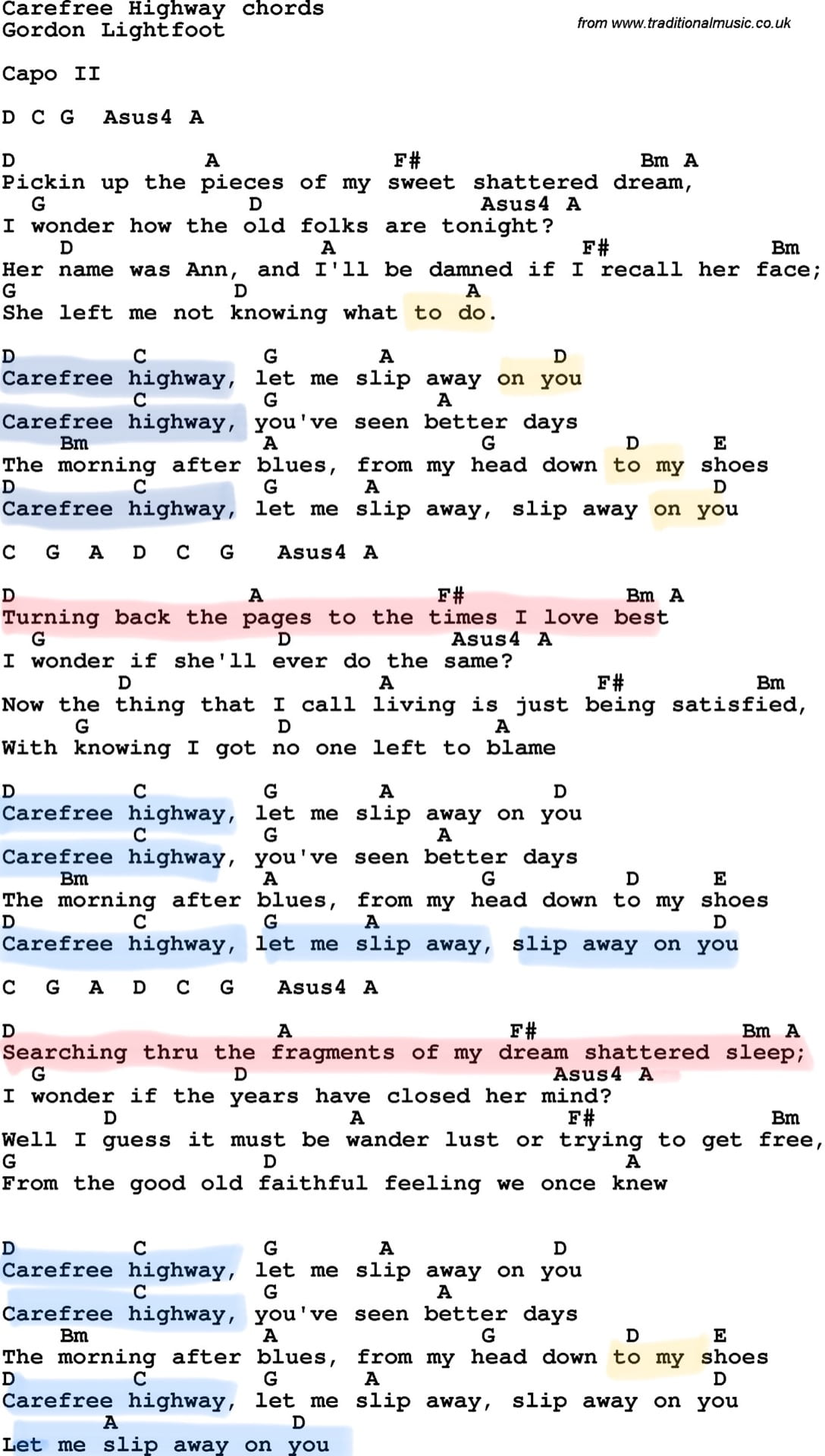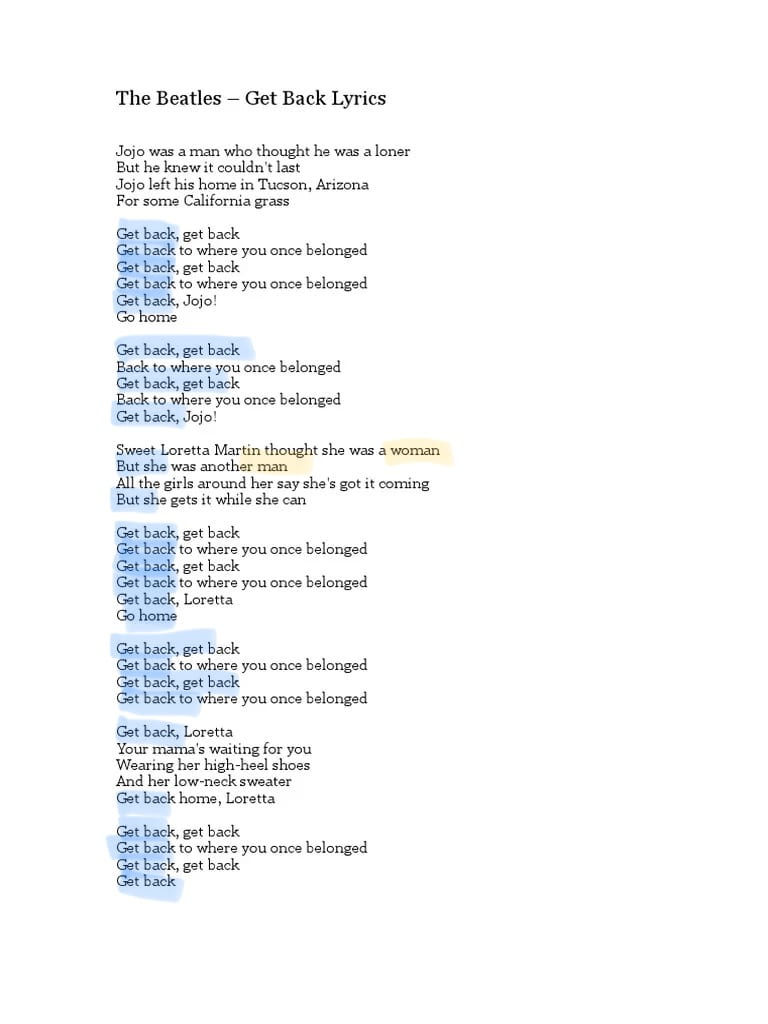Hey everyone and welcome to my blog! This new year, my class has been working on a very musical project called… Sounds of Poetry.

Our driving question in this project was “How might we use music to represent ourselves and text?”
Music is an extremely important part of everyone’s life. We all have favourite songs, that invoke different emotions and memories.
Through this project we worked towards analyzing and understanding some of those favourite songs, to comprehend the lyrics and possibly discover new meanings.
In order to achieve our end goal, we had to know how to properly analyze and interpret songs. We began to build knowledge by learning about literary devices.
Literary devices are the techniques and patterns present in poetry or general literature. Some popular devices are, smilies, metaphors and rhyme.
Learning about more literary devices was extremely helpful for me! I had not learned about these devices in a while, and it was good reminder of the many writing techniques that I should look for while trying to interpret songs or poetry.
Not long after revisiting and discovering new literary devices, we practiced identifying them in poetry and songs…
Looking at these texts was a great way to practice analyzing prior to completing our own projects. We additionally got to focus on specific devices, such as rhyme scheme or tone.
These activities provided tools to help me comprehend my own songs…
After a lot of indecision, I decided on the five songs I wanted to analyze.
I picked, Both Sides Now- Joni Mitchell.
Carefree Highway- Gordon Lightfoot.
You Can Call me Al- Paul Simon.
Dear Prudence- The Beatles
Bittersweet Symphony- The Verve.
Each of these songs are really important to me. Many symbolize an important time in my life or my favourite memories. I also chose these songs because I found their meanings or lyrics confusing. Each of these songs I didn’t entirely understand before this project.
For each of my song analyses I began by annotating the lyrics and identifying some of the literary devices we had learned about.
From there I was able to determine which literary devices were important elements of the song. Then I began to write my song analyses.

I think all of my song analyses turned out well, but there were a few that definitely represented me and the song’s meanings best.

I really love how my analysis of “You Can Call Me Al” turned out. Prior to writing, I was really worried. The meaning my family has for this song is personal and pretty contrasted from the lyrics, I was concerned that my analysis would either be too personal or too technical.
I’m really proud of the balance I was able to maintain, I think I provided enough info about the meaning represented in the lyrics and my own connection to “You Can Call Me Al”.

“Both Sides Now” is a song that I’ve loved for a really long time. I’ve had an idea of what the meaning was in mind since I was really young. I think because I had already come to conclusions about the meaning, I was being much less analytical. I think I definitely should’ve focused on comprehending the lyrics rather than describing my own belief.
I am happy with this analysis, but I do think I could’ve done a better job of explaining the meaning within the lyrics.

“Carefree Highway” much like “You Can Call Me Al” is a family song. Writing about “Carefree Highway” was challenging in the same ways that “You Can Call Me Al” was. I was having trouble making my writing personal while focusing on the literary devices and lyrics. I think I was less successful while writing this song analysis. I definitely could’ve included more evidence from the song, to help support the points I was making about the theme/meaning.
After analyzing our favourite songs, it was time for the final portion of our project, the presentations! In these small presentations with a few classmates, I was able to share some of my song analyses.
To prepare for my presentation I created some collages in keynote, these visuals would symbolize how these songs were important to me.
These are the collages and overall presentation I created…
To accompany my slideshow I brought one physical item for each song. Each of these items reminded me of these songs. I brought a wooden sculpture for “Carefree Highway”. This sculpture originally belonged to my Opa, and was kept at his cabin. For “Both Sides Now” I brought my first music festival certificate, “Both Sides Now” was one of the first songs I ever sang competitively. For “You Can Call Me Al” I brought a sweater that belonged to my Grandpa.

I really loved presenting my songs and sharing the memories and meanings I associated with them. I think I shared a lot of information with my audience, and created an interesting presentation.

I had a lot of fun working on this project. This was a really great way to learn more about literacy and literary devices. English, specifically poetry hasn’t always been my strong suit. This project has been a really engaging way to learn about a topic I’m not very skilled in. Overall I think I’ve become much better at reading complex texts and understanding the meaning behind poetic words.
See you soon,
Kaia!















0 comments on “𝚃𝚑𝚎 𝙼𝚎𝚊𝚗𝚒𝚗𝚐 𝙱𝚎𝚑𝚒𝚗𝚍 𝚝𝚑𝚎 𝙼𝚞𝚜𝚒𝚌” Add yours →